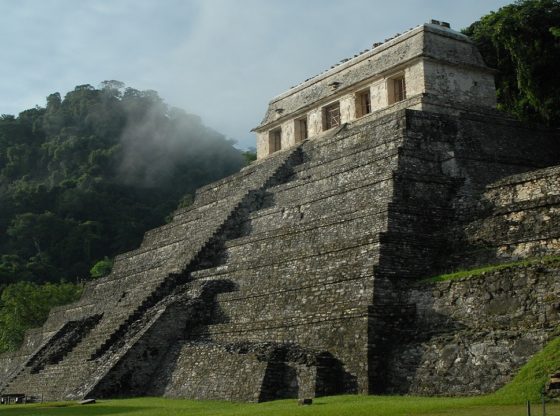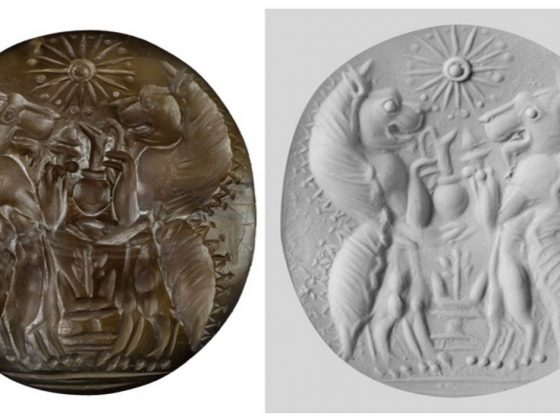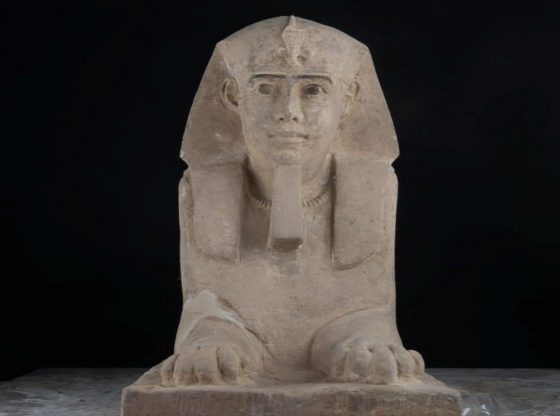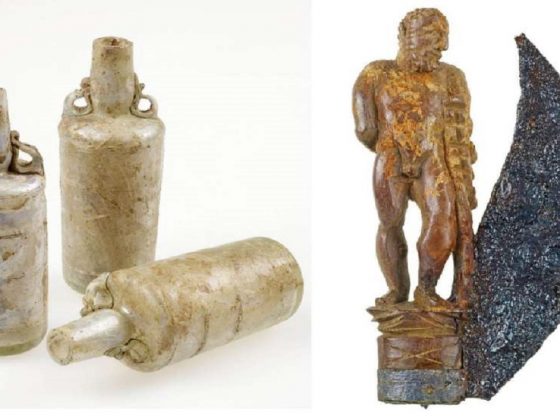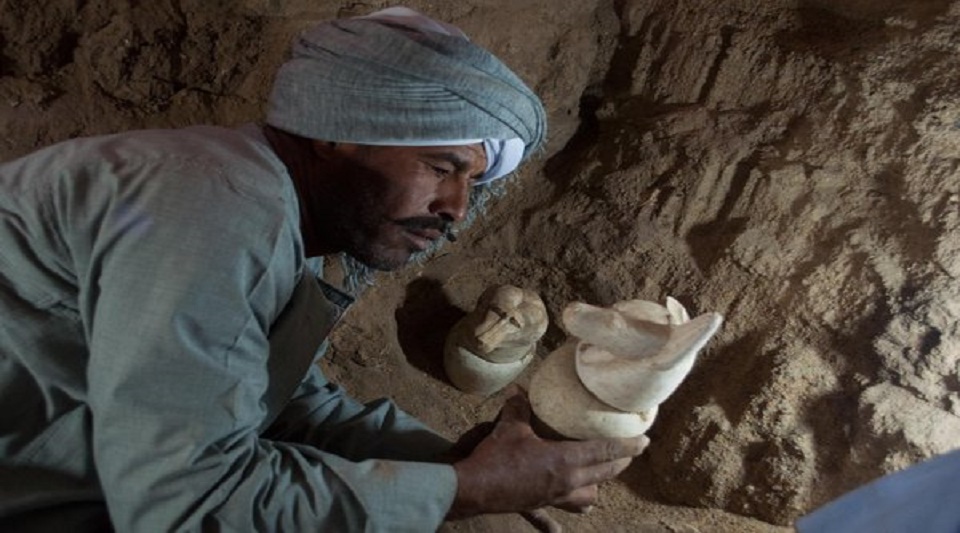
Italian archaeologists have unearthed tombs over 3,000 years old in the ancient city of Luxor. They made the discovery of the tombs beneath a mortuary temple of King Amenhotep II, who was the seventh Pharaoh of the 18th dynasty and reigned Egypt from 1427 to 1401 BCE.
The team discovered several jars that were used to preserve the liver, lungs, stomach, and intestines of the deceased. Richly decorated with images depicting the four sons of the god Horus. Often seen in tombs as essential figurines of ancient Egyptian’s to help guide the souls of the deceased to finding their way to heaven.
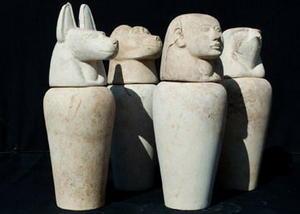
The Italian archaeologist Angelo Sesana who led the investigation said to the Italian News Service;
“When we began digging, the area was only a mound of debris. We were in no way certain of what we would find.”.
“It moves you like little else to bring back to life someone who sought immortality 4,000 years ago.”
The antiquities ministry said the artifacts were transferred to storage in Luxor for maintenance and restoration, in preparation for museum display.


